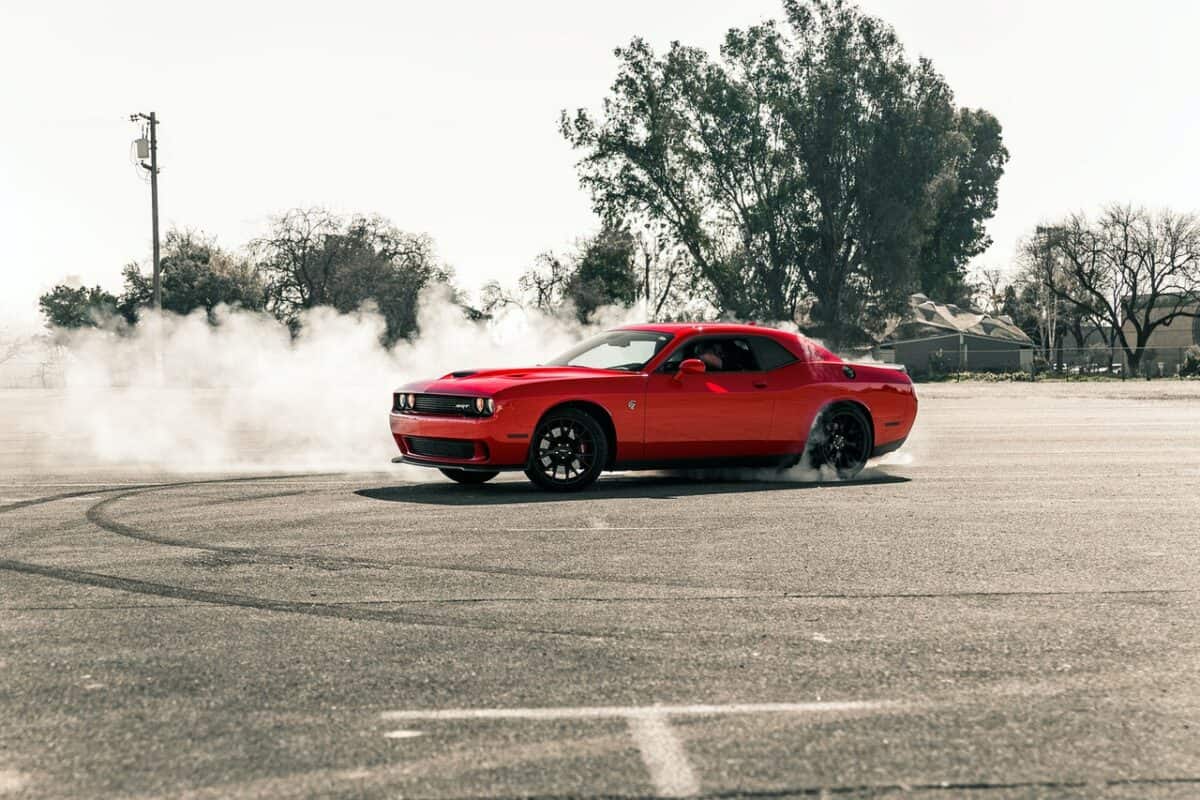Rebuilding your 4L60E transmission can transform it into a tougher performance transmission.
It’ll have more durable components, increased torque and horsepower, and be more rugged for the road.
A rebuild of this nature allows you to gain the full benefits evident on higher transmission models.
On the other hand, the 4L60E denotes a “4” four-speed, “L” longitudinal installation, “60” light-to-medium-duty use, and 6,000-pounds gross vehicle weight that is “E” electronically controlled.
This transmission is based on the 700-R4, which was launched to handle fuel economy.
The 4L60E as a computer-control system features a powertrain control module (PCM) that aids in control using sensors like the throttle position sensor (TPS) and vehicle speed sensor (VSS).
A rebuild of the 4L60E will make it a more reliable, solid transmission.
How to Improve the Performance of Your 4L60E Transmission
The goal is to give your 4L60E transmission a greater torque capacity and horsepower to improve its performance.
Accordingly, here’s what you need to begin:
1. Disassemble Parts:
Rebuilding your 4L60E transmission requires that you disassemble its hard parts and lay them neatly on a bench.
You’ll notice that this transmission has a close resemblance to the 700-R4, 4L60, 4L65E, and even 4L75E transmissions.
Nevertheless, there are still slight differences between the 4L60E and the aforementioned transmissions.
2. Sun Reaction Shell:
The 4L60E has its factory sun reaction shell, which is less durable than a customized sun shell.
The factory shell may fail easily and end break around its hub.
To that effect, opt for a thicker sun shell whose center hub is stronger to ensure that the component stands the test of time.
Your shell also needs to have a radiused spline area and Torrington bearing. The latter helps to reduce friction in the area, as well, as heat.
3. Front Planet and Ring Gear:
Increasing the torque and horsepower capacity of the 4L60E transmission by 20% requires that you upgrade to a five-pinion front planet and ring gear.
This means you won’t be relying on the four pinions front planet.
The result is evident in a spread of torque across a larger mechanical surface area.
An increased torque can also be tied to the 400-500 horsepower support you’ll be getting from using a five-pinion front planet.
This torque capacity is comparable to that of the 4L65E/4L75E transmission.
A 29-element sprag for 700-R4, 4L60, and 4L60E is another useful component that will offer you more torque capacity.
4. Clutch Apply Piston:
A more enhanced hydraulic holding power and stability can be derived from the use of a larger 3-4 clutch overrun clutch apply piston coupled with an input drum reinforcement sleeve.
There’s also the need to use a Teflon-impregnated stator support bushing which offers more stability and smoothness.
Over and above that, opting for forward clutch apply pistons should be of the best quality (steel) to reduce the potential for failure.
5. Second and Fourth-gear Band Servo Pistons:
There are Second and Fourth-gear band servo pistons that are larger, which you can opt for.
These ones will give your transmission around 18 percent more band-apply capacity.
Other components to consider include Raybestos forward, overrun, and reverse input clutches and steels.
Raybestos clutches come with friction materials which reduce heat faster.
6. Input shafts:
Rebuilding your 4L60E requires the use of multiple-input shafts.
These are a hardened 4L60E input shaft, heavy-duty late-model 4L60E input shaft (4L75E), and stock 4L60E input shaft.
With these shafts in place, make an upgrade to a high-volume 13-element (vane) pump to support the pressure and volume.
7. New Soft Components:
There’s a need to get new soft parts including seals, bushings, and clutches.
The hard parts of the transmission can be inspected and then upgrades made to it.
Also, give consideration to the anti-chatter spring since it can impact the performance of the 4L60E.
8. Clutch Drum:
Clutch drums need to be resurfaced to support better band engagement.
If the clutch drum is beyond resurfacing, then it should be left aside.
The reverse input clutch drum consists of Raybestos high-performance clutch frictions to reduce friction and heat.
These Raybestos high-performance frictions offer more without slippage, while also supporting better power transfer.
On the other hand, heat can impact negatively on your transmission’s life.
9. Teflon Sealing Rings:
Teflon sealing rings are a better option to iron sealing rings.
The reason lies in the fact that iron sealing rings are not durable and break easily while those made of teflon last longer.
Nonetheless, you’ll need a bit of knowledge to properly install the teflon sealing rings since they are harder to install compared to iron sealing rings.
10. Reverse Input Drum:
You can load the reverse input drum onto the input drum.
The input drum should be fitted with a hardened input shaft to ensure it is durable and can support the 400-500-horse capacity of this transmission.
There’s a teflon sealing ring installation tool that can make your installation even easier
11. Installation:
Proceed to install the Raybestos Pro Series band and tie it to the servo while also adjusting it properly.
And even before the torque converter is installed, proceed to install the 13-element high-capacity front pump.
While choosing your torque converter, give great consideration to the stall speed, your engine’s torque curve, and your car’s usage most time.
Conclusion
These are the components and list of steps you need to make your 4L60E a more rugged transmission.
It’ll have durable components that can better dissipate heat while at the same time offering more torque and horsepower.
The result is improved performance while you hit the road.
It also follows that you do not have to upgrade this transmission to a more modern one since a simple rebuild of this nature will improve its torque.
Nevertheless, resort to the car repair shop if you’re unable to handle this rebuild yourself to ensure you don’t damage the transmission’s components.
